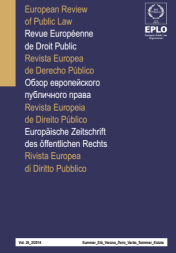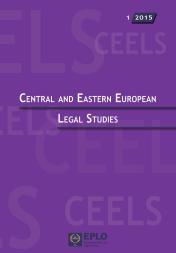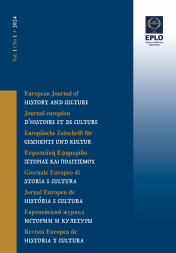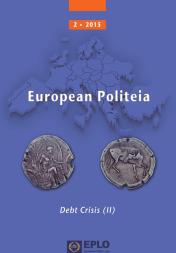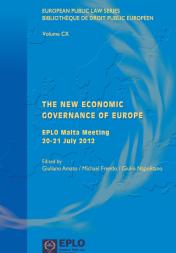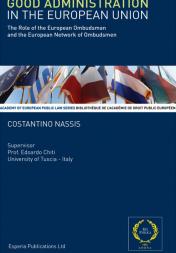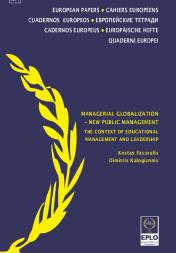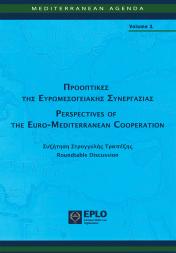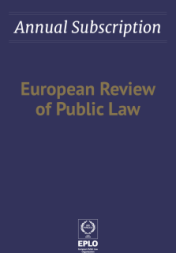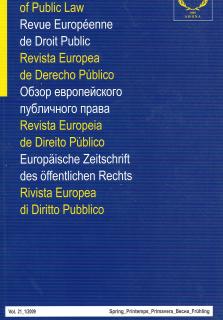
Austrian Migration Law
Tatjana Cardona / Andreas Lehner
University of Vienna
Austria’s geographical position in the heart of Europe compels it to play a major role in European migration issues as a destination and transit country. It was a founding member of the Prüm Convention, signed several bilateral treaties dealing with cross-border cooperation in the field of migration and security, and participates in EURODAC. Austria has been a country of immigration for the last twenty years. Part of the Austrian population blames the immigrants for problems on the labour market and for security issues. In 2005 Austrian legislation regarding migration was revised fundamentally by implementing harsher laws and systematising the Austrian law in accordance with EU guidelines. These new laws included integration strategies obligating third-country nationals who receive permanent or long-term settlement permits to fulfil integration agreements. In 2008 a new institution - the Asylum Court - was formed to decide in second and at the same time last instance on asylum matters. This meant a curtailment of the asylum seekers’ right to appeal, for which the new regulation was sharply criticised. However, international obligations, such as Arts. 2 and 8 ECHR, compel the Austrian legislator and the Austrian authorities to protect the legal rights of migrants when applying national laws.




